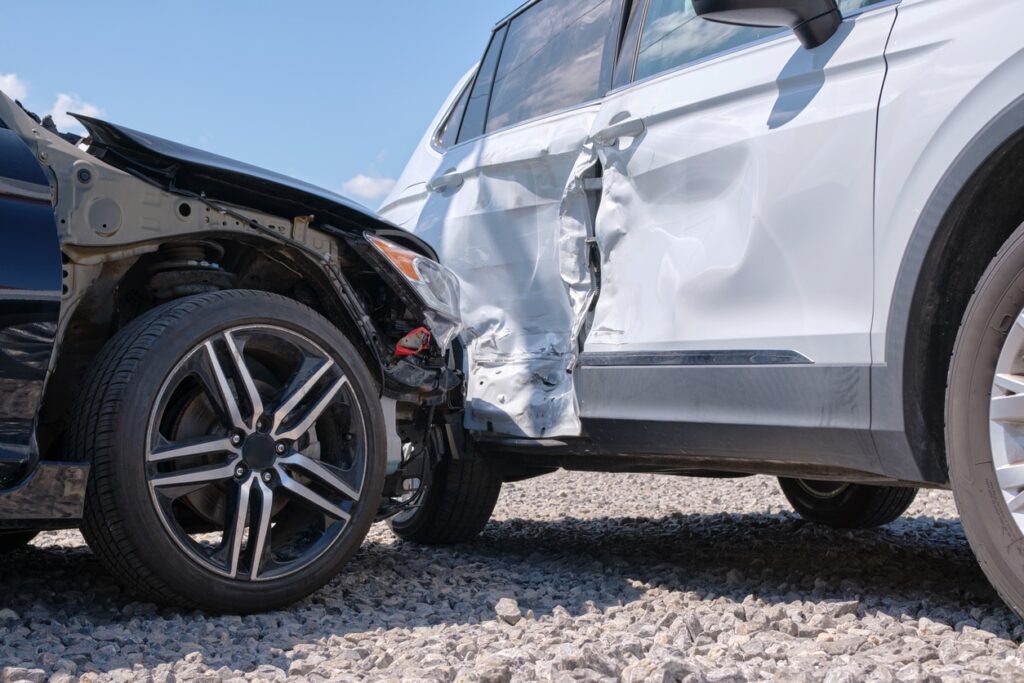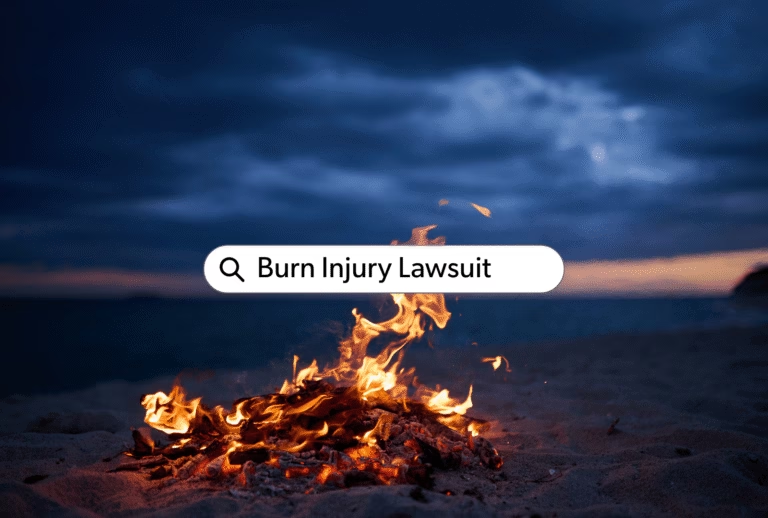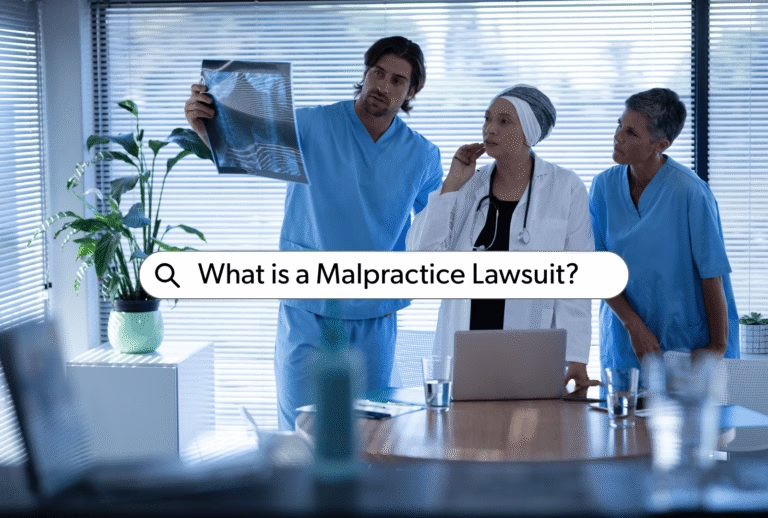Determining fault in a T-bone collision depends on the specific circumstances of the T-bone car accident. In a T-bone car accident, one vehicle hits the side of another vehicle, forming a “T” shape.
Typically, in a T-bone crash, the at-fault driver is the one who hits the other vehicle from the side. This is because the driver who hits the other vehicle usually fails to yield and give the right of way, runs a red light or stop sign, or makes an improper turn. However, there are situations where the driver of the other vehicle in a a T-bone car accident case may be partially or fully responsible. For example, if the driver who was hit was speeding, running a red traffic light or stop sign, or making an illegal turn, they may share some of the blame for the car accident.
Ultimately, fault in a T-bone accident will be determined based on the specific facts of the T-bone crash case, such as the traffic laws in the area, the actions of the drivers involved, and any evidence, such as witness statements or surveillance footage.
What Is A T-bone Accident?
A T-bone accident, also known as a broadside collision or side-impact collision, is a type of car accident that occurs when the front of one vehicle collides with the side of another vehicle, forming a “T” shape. This type of accident typically happens at intersections, where one vehicle is crossing the path of another vehicle.
T-bone accidents can be very dangerous, especially if the vehicle that is hit is struck on the driver’s side. The impact can cause a traumatic brain injury, neck injuries, spinal cord damage, and other severe injuries; even death. Likewise, the damage to the vehicles involved in a T-bone car crash can be extensive.
To reduce the risk of T-bone car accidents, it’s important for drivers to follow traffic laws and signals, pay attention to their surroundings, and avoid distracted driving. Additionally, it’s important for vehicle manufacturers to design cars that are equipped with safety features to protect passengers in case a driver loses control. Features like as side-impact airbags and reinforced side panels can protect occupants in the event of a T-bone collision.
T-Bone Car Accident Injuries
T-bone car accidents can cause a range of injuries for other drivers depending on the speed of the collision, the size and weight of the vehicles involved, and whether the occupants were wearing seat belts or not. Some common injuries from T-bone car accidents include:
- Head and brain injuries: A T-bone accident can cause the head of one driver to hit the window or steering wheel, resulting in concussions, traumatic brain injuries, and other head injuries at the accident scene.
- Neck and spinal injuries: The force of a T-bone accident can cause whiplash, spinal cord injuries, and other neck and back injuries.
- Chest injuries: The impact of a T-bone accident can cause broken ribs, collapsed lungs, and other chest injuries.
- Abdominal injuries: T-bone accidents can cause injuries to the abdomen, such as organ damage and/or internal bleeding.
- Arm and leg injuries: The impact of a T-bone accident from a driver’s negligence can cause broken bones, sprains, and other injuries to the arms and legs.
- Psychological injuries: T-bone accidents can cause psychological trauma, such as post-traumatic stress disorder (PTSD), anxiety, and depression.
It’s important to seek medical attention immediately after a T-bone accident, even if you don’t feel any pain or symptoms right away. Some minor injuries may not become apparent until days or weeks after the accident, and prompt medical attention can help prevent complications and improve your chances of a full recovery.
Who’s At Fault in a T Bone Car Accident ?
In a T-bone car accident, fault or liability is typically determined based on the specific facts of the case, such as the traffic laws in the area, the actions of the drivers involved, and any evidence, such as witness statements or surveillance footage.
In general, the driver who hits the other vehicle from the side is considered at fault in a T-bone accident. This is because the driver who hits the other vehicle usually fails to yield the right of way, runs a red light or stop sign, or makes an improper turn. However, an accident lawyer, like the car accident attorney team at Lawyers for Justice, P.C., can help victims of a side impact collision review their case and determine fault.
However, there may be situations when the other driver may share some of the blame or be fully responsible for the T-bone car accident. Having the help of an experienced car accident attorney can improve your chances of pursuing a successful car accident claim. An experienced car accident attorney can help recoup medical bills, lost wages, and other losses from a T-bone car accident.
Ultimately, fault in a T-bone accident will be determined based on the specific facts and circumstances of the T-bone crash, and a thorough investigation will be necessary to establish liability.
T-bone car accidents can be scary. After the car accident, be sure to file an official police report so there is a record of the T-bone collision. A record of the car accident will not only help a personal injury attorney understand the accident scene better, but it can also aid in the likelihood of obtaining damages like lost wages and medical bills.
If you have been injured in a T-bone collision, call the personal injury lawyer team at Lawyers for Justice, P.C. today for a FREE consultation. Call (818) JUSTICE.
Last Updated on May 12, 2025



